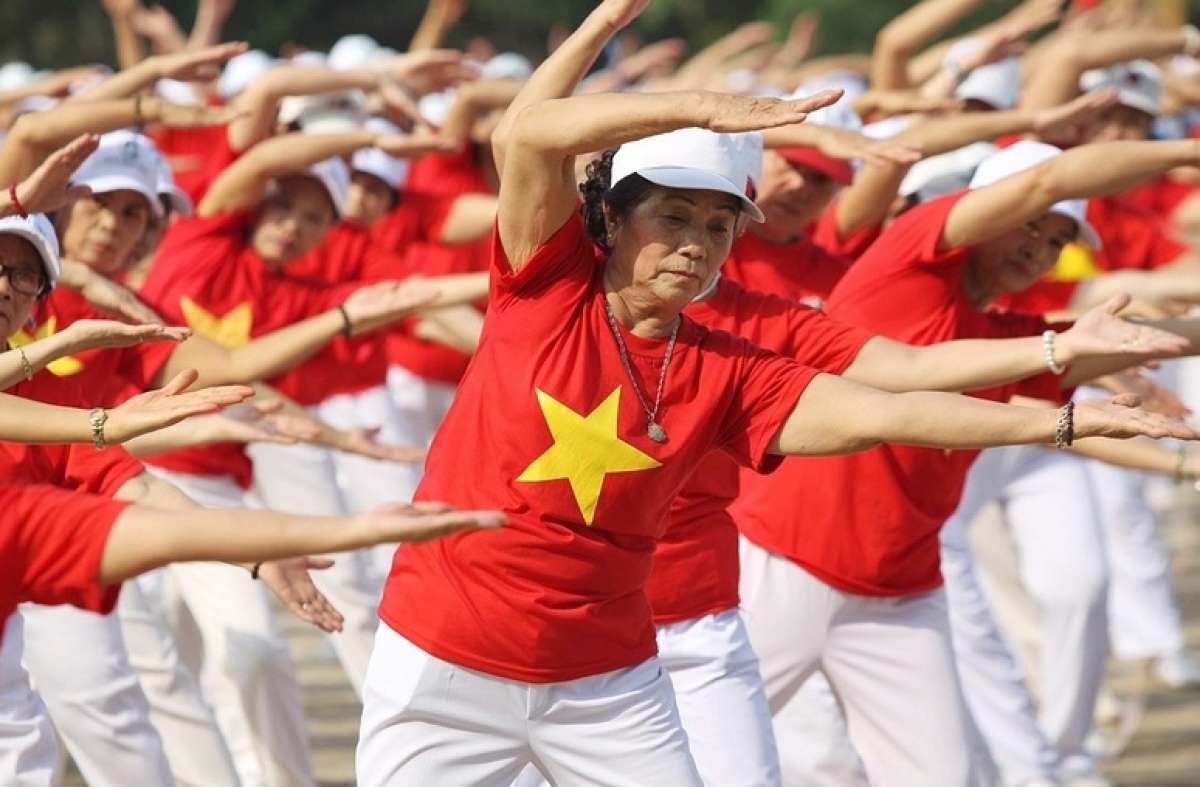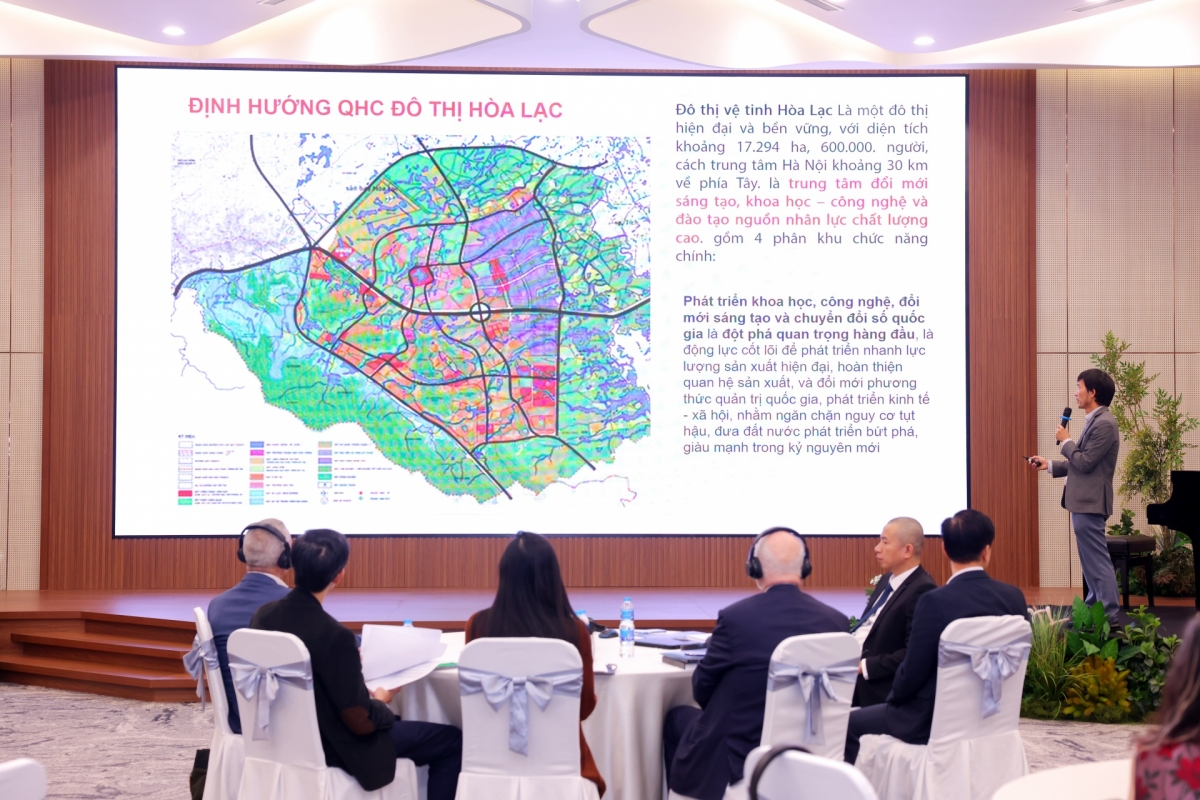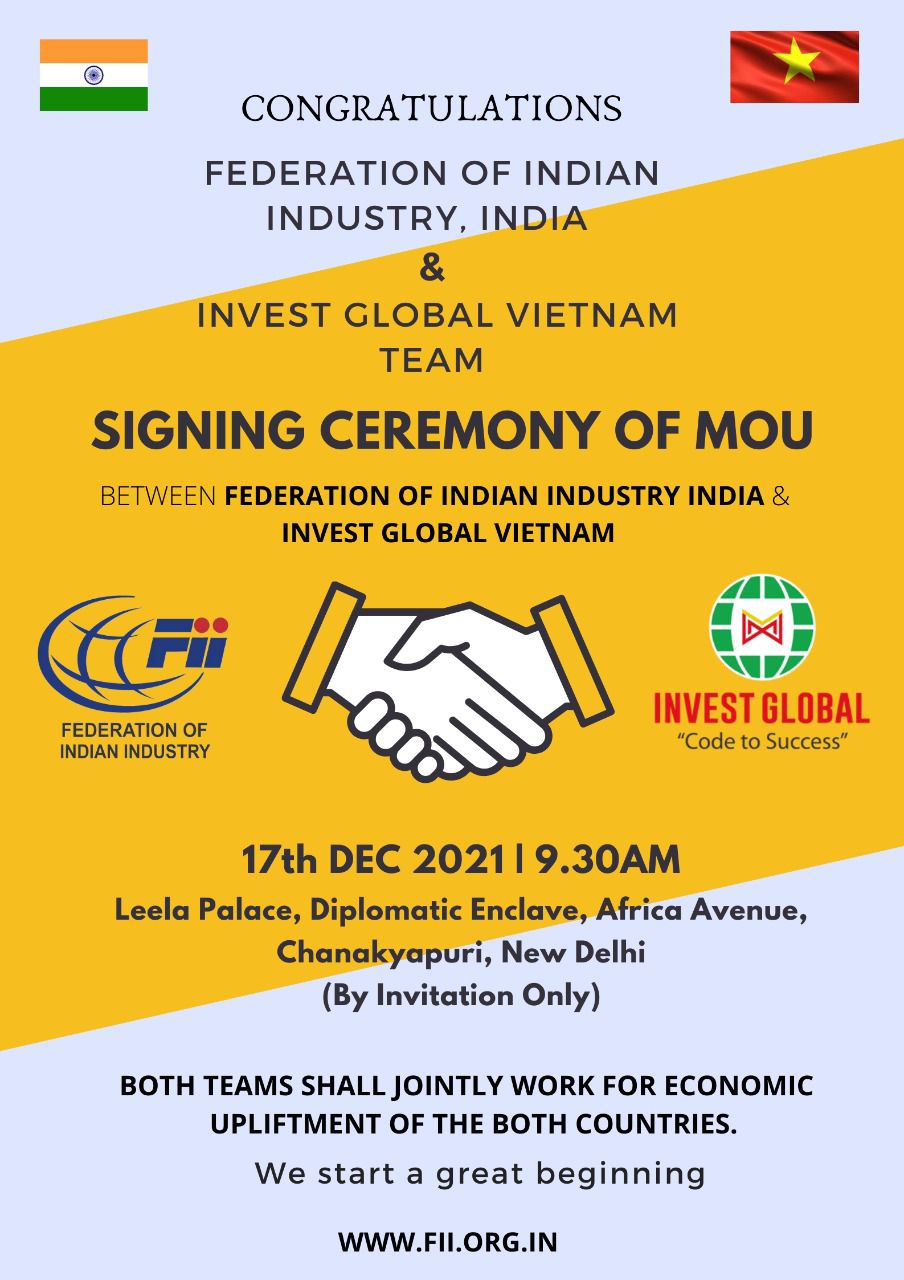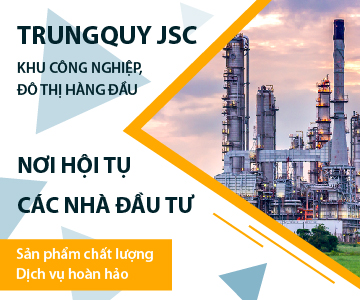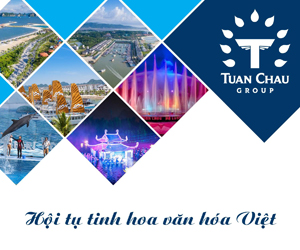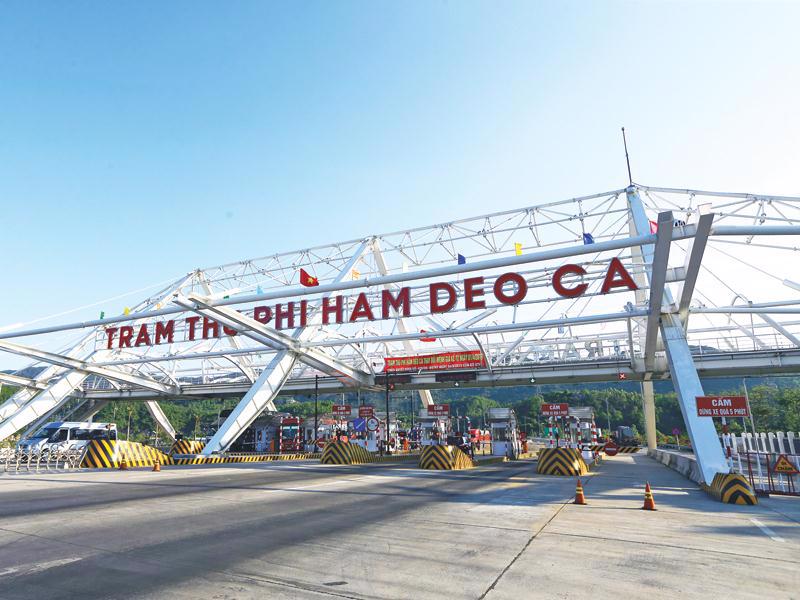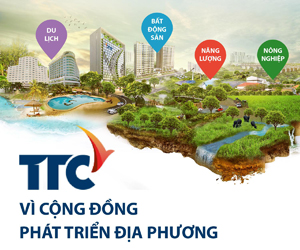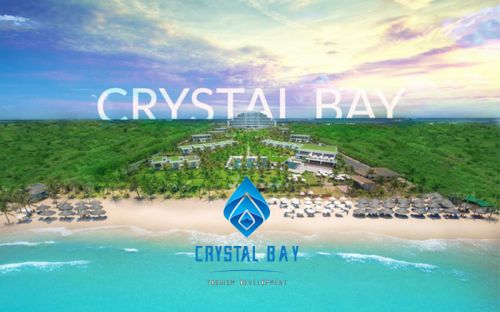INTERNATIONAL INVESTMENT
AND PORTAL
An expansion ceremony for An Phat Industrial Zone in the northern city of Haiphong by KCN Vietnam took place on October 1.
Situated within An Phat High-Tech Industrial Park (IP) in Haiphong city, the project covers 8.9 hectares and offers over 60,000sq.m of leasable space, comprising high-quality, ready-built factories and warehouses.
For the first time, KCN Vietnam introduces two-story factory models, alongside flexible factory sizes, ranging from 1,000sq.m for smaller enterprises to larger units for multinational manufacturers.
Scheduled for completion in Q2 of 2026, the project aims to attract foreign funding in alignment with the government’s orientation while contributing to Haiphong’s sustainable industrial growth.
According to Hardy Diec, COO of KCN Vietnam, KCN An Phat represents the company’s commitment to accompany Haiphong in attracting high-quality investment and developing a modern, sustainable industrial ecosystem.
“By introducing new product types, including two-story factories and smaller units tailored for small- and medium-sized enterprises, we aim to optimise operational efficiency and cost-effectiveness for investors, reinforcing Vietnam’s position as a premier destination for high-value manufacturing,” Diec said.
Elsewhere, on September 26, Vingroup broke ground on Tan Trao Industrial Park in Haiphong. The park covers nearly 227ha, with total investment exceeding VND4 trillion ($157 million).
Phase 1 is scheduled for completion between before the end of 2030, targeting high-tech sectors. Focus industries include electronics, telecommunications, pharmaceuticals, and renewable energy.
Nguyen Viet Quang, vice chairman and CEO of Vingroup, said that Tan Trao IP was designed to support domestic and international investment, the park aims to enhance Haiphong’s industrial competitiveness. “Infrastructure plans integrate modern utilities, logistics, and sustainable facilities to attract long-term investors,” Quang said.
Tan Trao IP not only establishes new modern infrastructure to attract high-tech industries, but also integrates with the Haiphong liquefied natural gas thermal power plant, a strategic energy project ensuring stable electricity supply. “This synergy creates a closed industrial-energy ecosystem, enhancing investment appeal and driving sustainable development,” Quang said.
LŌ-GOI Group, a major developer and operator of industrial and logistics assets in Asia-Pacific, opened its first two-storey industrial complex in Bac Ninh province on September 22.
The development spans a 12.1-ha area with more than 115,500sq.m of gross leasable area in Yen Phong IIA Industrial Zone, one of Bac Ninh’s most established and sought-after industrial areas and home to major multinational manufacturers and their supply chains.
Matthew Jackson, Northern Regional general director of LŌ-GOI Group, stated that it is focusing on developing large-scale logistics parks in key economic regions across both the north and south of Vietnam, with a strategy that balances between ready-built factories/warehouses and build-to-suit models.
“Vietnam, alongside India, is one of our strategic hubs thanks to its strong demographic and economic fundamentals, rapid modernisation, and rising demand for world-class infrastructure. Our projects are designed with built-in adaptability to meet the diverse needs of customer groups, particularly those potentially impacted by policy and tariff changes,” Jackson told VIR.
Alex Crane, managing director of Knight Frank Vietnam, added that the company continues to see strong investor interest in Vietnam’s industrial sector, where occupancy rates remain high and land as well as ready-built factory rents are increasing at a steady, manageable, and sustainable pace.
“The demand is increasingly driven by high-tech manufacturing industries, which seek a combination of skilled labour, competitive input costs, and well-connected regional and global supply chain networks. The quality of industrial areas, along with the capabilities of developers and investors in this sector, is evolving to meet the needs of higher value-added manufacturing industries with more complex technical requirements,” said Crane.
According to Cushman & Wakefield, the supply of ready-built factories has expanded strongly since the first facilities were developed in 2017. However, many enterprises now require specialised conditions such as clean production environments, dust control, or advanced technical foundations to support heavy machinery.
“A clear trend today is the increasing presence of green factories,” said Bui Trang, country head of Cushman & Wakefield Vietnam. “The use of low-carbon materials, installation of solar power, water recycling, and optimisation of natural lighting have become mandatory requirements. Also, while traditional warehouses overlooked comfort, many improvements are now applied to create better working environments,” Trang added.
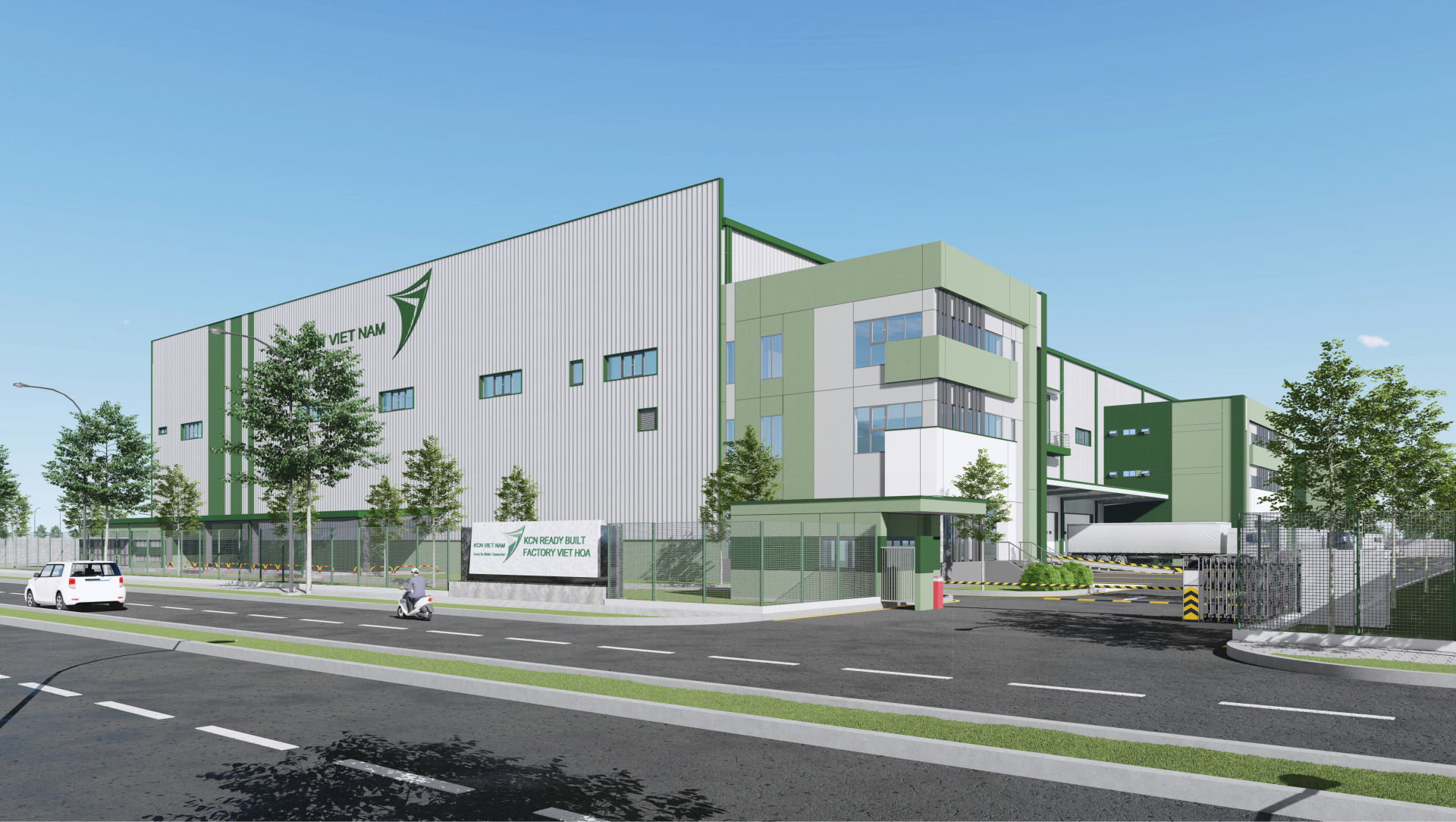 Concept image of KCN An Phat
Concept image of KCN An Phat
Roddy Alan, chief research officer, JLL APAC
From a manufacturing standpoint, Vietnam holds a favourable position. The country has secured a tariff deal at 20 per cent, on par with other Southeast Asian nations. While one existing challenge lies in transshipments, with tariffs reaching as high as 40 per cent, Vietnam is undeniably a key net beneficiary of the China +1 strategy.
Its advantageous geographic location and abundant labour force further strengthen this position. The government has also proactively engaged with the US administration, while Vietnam continues to demonstrate agility in positioning itself to collaborate effectively with both East and West.
JLL has observed a clear shift in investor focus, with increasing attention on industrial and logistics real estate, an ongoing trend over the past few years. Industrial, logistics, and manufacturing sectors are expected to maintain strong growth and opportunities, with the expansion of the electric vehicle market serving as an additional key driver.
David Jackson, CEO, Avison Young Vietnam
Opportunities in Vietnam’s industrial real estate are emerging, as registered foreign direct investment in the first months of 2025 reached the highest level in the past 15 years. The strong influx of industrial real estate transactions highlights the growing demand for production expansion and larger-scale investment in Vietnam, driving the need for industrial infrastructure and reinforcing long-term development prospects.
Ready-built factories, warehouses, cold storage facilities, and sorting centres are expected to draw increasing interest, which in turn is likely to push rental prices upward. Key infrastructure projects located near ring roads, expressways, international airports, and deepwater ports will help shorten transportation times, reduce logistics costs, and enhance regional connectivity.
To strengthen foreign investment attraction going forward, direct investment should focus on continued development of high-quality infrastructure or joint ventures with industrial park developers.
